As of January 1, 1998, the U.S. Food and Drug Administration has required the addition of 140 micrograms (mcg) of Folic Acid per 100 grams of grain product to cereals, breads, pastas, and other foods labeled “enriched.” (Several cereals contain the recommended daily amount of 400 micrograms (mcg) per serving, but most contain from 25 to 50 percent.) This makes it a little easier for women to obtain Folic Acid from their diets. Click here for more information on foods that contain Folic Acid. Currently most women do not obtain enough Folic Acid from their diet alone. In fact, it is extremely difficult for a person to get enough Folic Acid by diet alone. Eating habits will need to change to select enriched foods with higher fortification levels and to include fruits and vegetables – which is also heart-healthy. Because some fortified breakfast cereals contain 400 micrograms of Folic Acid in one bowl, a woman could get the recommended amount of synthetic Folic Acid this way, or she can take a multivitamin. The FDA did not require that more Folic Acid be added to enriched foods because of the concern that Folic Acid might mask one sign of a potentially dangerous condition called pernicious anemia, which is seen mainly in elderly people. The level of fortification the FDA currently requires is believed to be safe for everyone.

UAMS
Antenatal Neonatal Guidelines, Education, and Learning System (ANGELS)
Toll free: 1-866-273-3835
The information and resources listed here are intended for educational use only. The information provided on this web site should not be used for diagnosing or treating a health problem or a disease. It is not a substitute for professional care. Always contact your physician and/or other qualified healthcare professional before starting any new treatment or with questions about your health.

